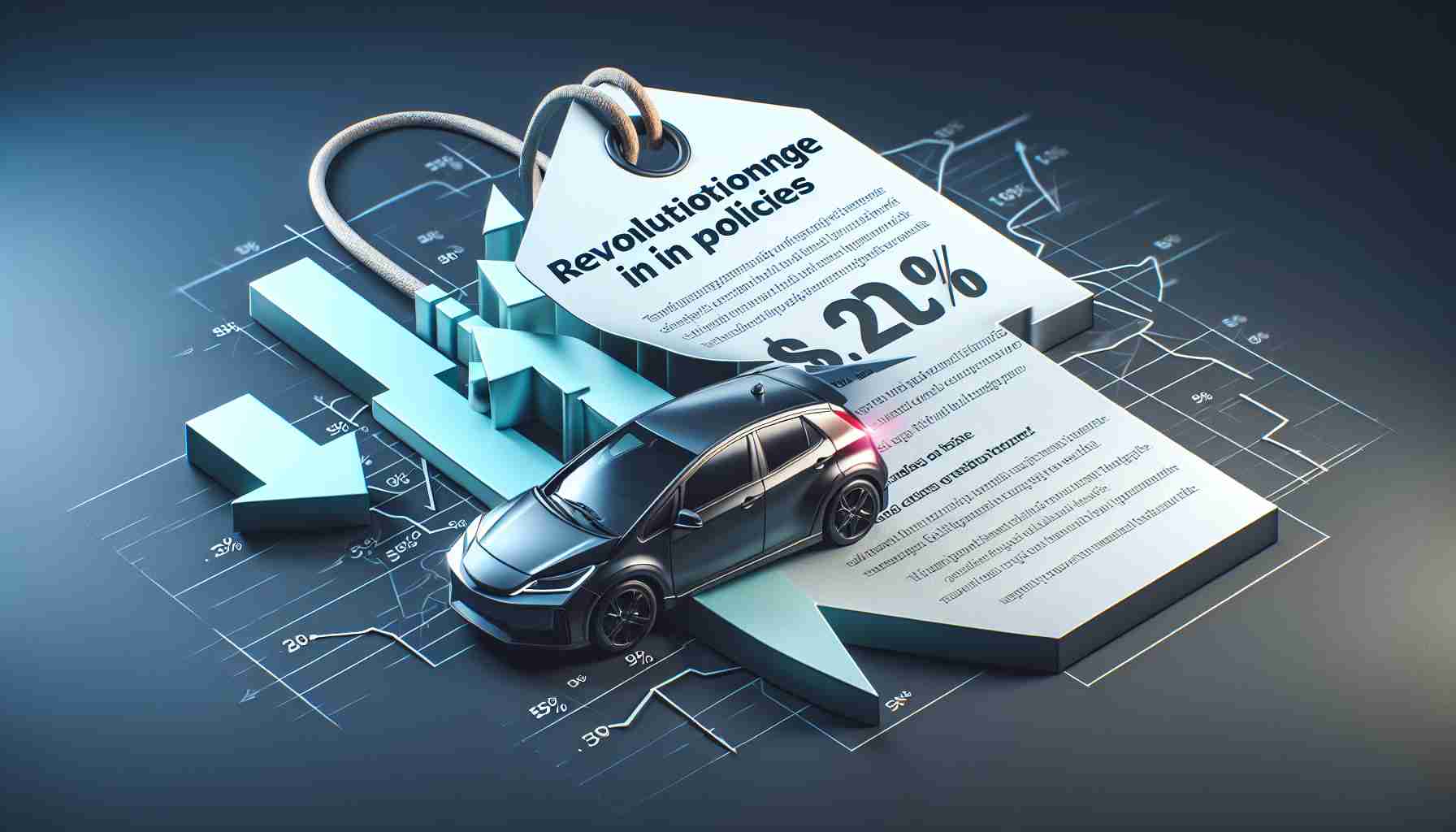- The Indian electric vehicle market is set for a transformative shift with exemptions on lithium-ion batteries and critical components.
- Local manufacturers will now have enhanced integration into the supply chain, resulting in more affordable EVs.
- Key manufacturing hubs like Hosur, Ranipet, and Chennai will see increased production capacity.
- Industry leaders believe that this will foster competition, leading to better prices and consumer options.
- The National Manufacturing Mission will focus on clean technology and boost local development of EV components.
- Significantly lower battery costs could make electric vehicles more accessible, with potential savings for consumers.
The electric vehicle (EV) market is on the brink of a breakthrough! Exciting new exemptions for lithium-ion batteries and critical components from capital goods lists are set to transform the landscape of EV manufacturing in India. With this bold move, local manufacturers can finally integrate more deeply into the supply chain, making EVs more affordable for everyone.
Key manufacturing hubs like Hosur, Ranipet, and Chennai are gearing up for a surge in production. Experts from the Automotive Component Manufacturers Association foresee enhanced local value addition and a significant reduction in import reliance. The roadmap is clear: as costs decrease, more consumers will be able to embrace electric mobility.
Leaders in the industry are optimistic. The CEO of Switch Mobility highlighted that this change will intensify competition among manufacturers, resulting in better prices for customers. The introduction of the National Manufacturing Mission promises a concentrated effort on clean technology and EV components, pushing the boundaries of local development even further.
Consider Raptee, an innovative EV company based in Tamil Nadu, which has announced that these new exemptions could cut battery costs significantly. Since batteries account for up to 40% of an EV’s price, this change could mean excitingly lower prices for consumers eager to go electric.
The takeaway? The future of electric vehicles is bright and becoming more accessible by the day. Soon, driving an EV could be within everyone’s reach, paving the way for a greener planet.
Unlocking the Future: How New Policies Are Making EVs More Affordable
The Electric Vehicle Market Transformation
The electric vehicle (EV) market is witnessing pivotal changes that promise to reshape the landscape of EV manufacturing, particularly in India. Recent exemptions for lithium-ion batteries and critical components from capital goods lists are set to revolutionize the sector, facilitating deeper integration for local manufacturers and making EVs more financially accessible.
New Innovations in EV Manufacturing
1. Enhanced Battery Technology: Recent advancements in battery technology have led to breakthroughs in energy density and charging speeds. Manufacturers are exploring solid-state batteries, which promise to be safer and provide longer range compared to traditional lithium-ion batteries.
2. Local Production Initiatives: Companies like Tata Motors and Mahindra Electric are ramping up their production capabilities in cities such as Hosur and Chennai, focusing on localized manufacturing to improve efficiencies and cut costs.
3. Government Initiatives: The Indian government is introducing various subsidies and incentives under the FAME (Faster Adoption and Manufacturing of Hybrid and Electric Vehicles) scheme, which will bolster the growth of the EV ecosystem.
Use Cases and Market Insights
– Urban Mobility Solutions: As cities grow, the demand for efficient urban mobility solutions rises. EVs are becoming popular for ride-sharing and last-mile connectivity, made feasible by their lower operational costs.
– Fleet Electrification: Corporates are adopting EVs for their fleets due to reduced maintenance costs and favorable government regulations, enabling a significant shift in logistics and transportation sectors.
Key Market Trends
– Increased Adoption of Renewable Energy: With the rise of EVs, the intersection of electric vehicles and renewable energy sources (like solar and wind) is becoming critical, promoting an entirely clean energy ecosystem.
– Consumer Awareness: Growing environmental consciousness among consumers is driving the demand for electric vehicles, encouraging manufacturers to prioritize sustainability in their operations.
Limitations to Consider
– Charging Infrastructure Challenges: While EV adoption is on the rise, the lack of adequate charging infrastructure remains a significant barrier that needs to be addressed.
– Initial Costs: Despite the efforts to reduce battery prices and overall EV costs, the initial investment for consumers can still be high compared to conventional vehicles.
Frequently Asked Questions
Q1: How will the new exemptions affect EV prices?
A1: The exemptions on lithium-ion batteries can potentially reduce battery costs significantly, which constitutes a major part of an EV’s price. This could lead to overall lower market prices for EVs, making them more affordable for consumers.
Q2: What role does the National Manufacturing Mission play in the EV sector?
A2: The National Manufacturing Mission aims to enhance local manufacturing capabilities, focusing on clean technology and the production of EV components. This initiative is expected to bolster innovation, increase local value addition, and reduce dependence on imports.
Q3: Are there environmental benefits associated with increased EV adoption?
A3: Yes, the widespread adoption of electric vehicles is anticipated to decrease greenhouse gas emissions, particularly when coupled with renewable energy sources. This contributes significantly to efforts aimed at combatting climate change and promoting sustainability.
Explore More
For additional insights and updates on electric vehicles and innovations happening in the automotive industry, check out the following resources:
AutoWeek
Automotive World
Business – The Hindu
The future of electric vehicles is not just promising; it’s arriving rapidly with these transformative changes, setting the stage for a cleaner, more sustainable automotive landscape.



















